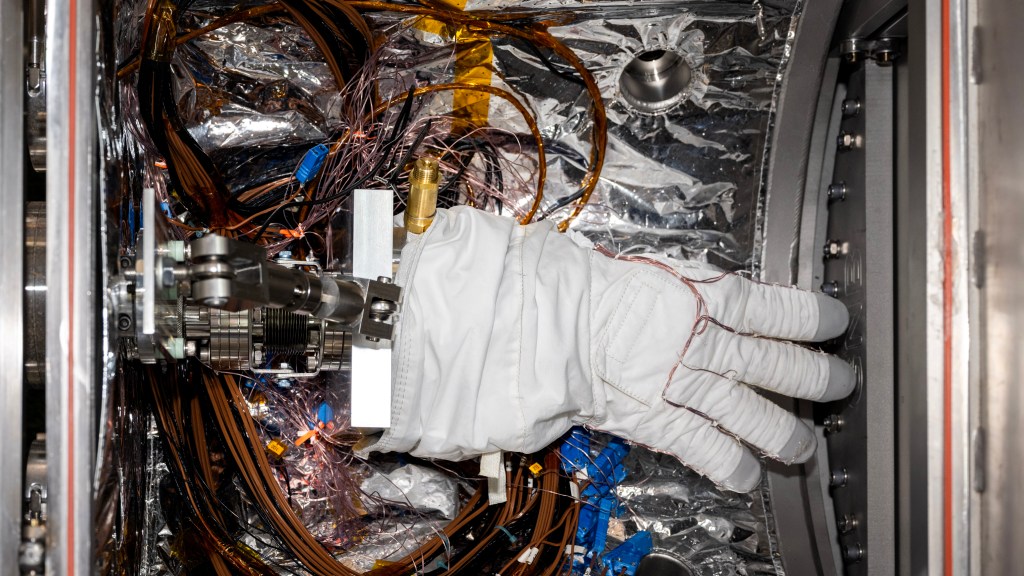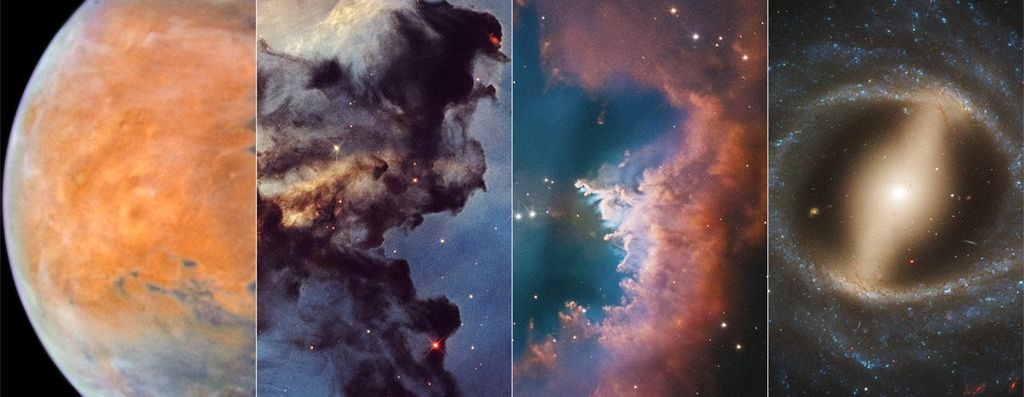The driest place on Earth, with very few microorganisms to be found in the soil, Chile’s Atacama Desert offers NASA scientists and engineers a realistic situation in which to practice searching for signs of life on Mars. For a research study on irrigation, the local university had grown trees in this inhospitable place, which have died since the conclusion of that work. Once a year, the ARADS team plants its tents among them for one month of testing a prototype rover, several life-detection instruments and the methods scientists might use on a future mission to the Red Planet.
+++
The Atacama Rover Astrobiology Drilling Studies, or ARADS, project is designing tools and techniques that could be used to search for life one day on Mars or other places in the Solar System. The team’s prototype rover combines the ability to move across the surface, drill down to collect soil samples, and feed them to several life-detection instruments on board. The extreme conditions of Chile’s Atacama Desert provide one of the most Mars-like environments on Earth, where the team can test and refine these technologies and methods.
ARADS is led by NASA’s Ames Research Center in California’s Silicon Valley. Partners include NASA centers Goddard Space Flight Center in Greenbelt, Maryland, and the Jet Propulsion Laboratory in Pasadena, California, as well as Johns Hopkins University in Baltimore, Maryland, Honeybee Robotics in New York, the University of Antofagasta and CampoAlto SpA, both in Chile, and Spain’s Center for Astrobiology.
Credit: NASA/Ames Research Center


























